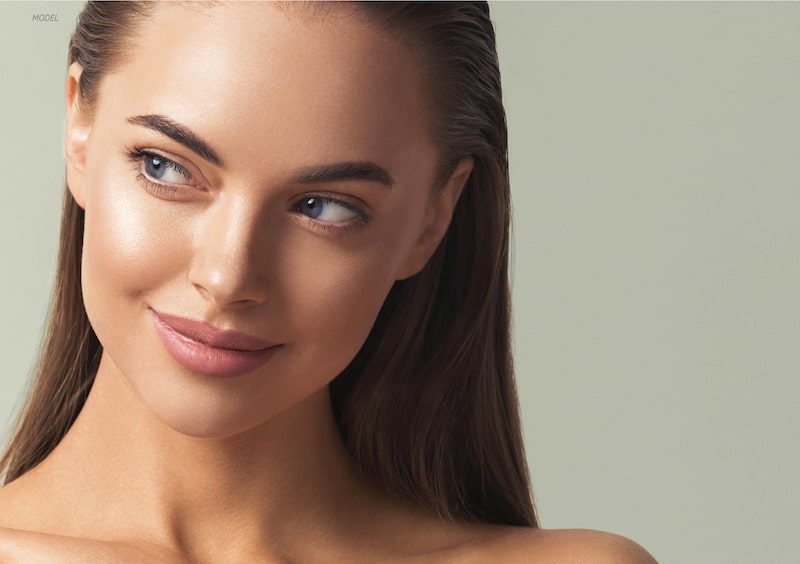Understanding the Risks and Benefits of the Best Rhinoplasty Clinic In Muscat, A Detailed Guide
Introduction
Rhinoplasty, commonly known as a nose job, is a surgical procedure designed to enhance the appearance and functionality of the nose. It is one of the most popular cosmetic surgeries worldwide, sought after for both aesthetic and reconstructive purposes. Whether for altering the nose's shape or improving breathing, the Best Rhinoplasty Clinic in Muscat can significantly impact a person’s appearance and quality of life. However, like any surgical procedure, it carries certain risks and benefits that need to be carefully considered. This guide provides an in-depth look at the advantages and potential complications of rhinoplasty, helping you make an informed decision.

Process
- Pre-Surgery Consultation:
- Initial Assessment: The process begins with a thorough consultation with a board-certified plastic surgeon. During this meeting, the surgeon evaluates your medical history, discusses your aesthetic goals, and examines your nasal structure.
- Diagnostic Tests: Depending on the case, diagnostic tests such as imaging studies or a physical examination of the nasal passages may be conducted to plan the surgery effectively.
- Surgical Planning:
- Design and Simulation: The surgeon uses imaging technology to create a visual simulation of the expected results. This helps set realistic expectations and allows for adjustments based on your feedback.
- Surgical Plan: The detailed plan is tailored to address both functional and aesthetic goals, considering factors like nasal structure, skin type, and desired outcomes.
- Surgical Procedure:
- Anesthesia: Rhinoplasty is typically performed under general anesthesia, though local anesthesia with sedation may be used in some cases.
- Incision Types:The surgery can be done through two main types of incisions:
- Open Rhinoplasty: An incision is made across the columella (the tissue between the nostrils), allowing for greater access and visibility.
- Closed Rhinoplasty: Incisions are made inside the nostrils, leaving no visible scars.
- Reshaping: The surgeon reshapes the nasal bones and cartilage to achieve the desired shape. This may involve removing or adding tissue, correcting deviations, or straightening the nasal septum.
- Closure and Recovery: After reshaping, the incisions are closed with sutures, and a splint or cast is applied to support the new structure during healing.
- Post-Surgery Care:
- Initial Recovery: Expect swelling, bruising, and some discomfort in the initial days. Pain management is typically handled with prescribed medications.
- Follow-Up Visits: Regular follow-up appointments are necessary to monitor healing and make any necessary adjustments.
- Final Results: Full results are visible after the swelling subsides, which can take several months.
Benefits
- Enhanced Appearance:
- Aesthetic Improvements: Rhinoplasty can dramatically improve the symmetry, proportion, and overall appearance of the nose, enhancing facial harmony.
- Self-Confidence: Many patients experience a boost in self-esteem and confidence as a result of their improved appearance.
- Functional Enhancements:
- Breathing Improvement: For those with nasal obstructions or breathing difficulties, rhinoplasty can correct structural issues and improve airflow.
- Correction of Deformities: It can address congenital or traumatic deformities, restoring normal function and appearance.
- Long-Term Results:
- Durability: Rhinoplasty results are generally long-lasting, with many patients enjoying the benefits of their surgery for years to come.
- Minimal Maintenance: Once fully healed, the nose typically requires little to no maintenance to maintain the desired shape and function.
Characteristics
- Personalization:
- Tailored Approach: Each rhinoplasty is customized based on the patient’s unique anatomy, goals, and needs. This personalized approach helps achieve optimal results.
- Technical Precision:
- Surgical Expertise: The success of rhinoplasty heavily relies on the surgeon's skill and experience. Precision in technique is crucial for achieving desired outcomes.
- Recovery Process:
- Varied Recovery: Recovery time can vary depending on the complexity of the surgery and individual healing rates. Patience and adherence to post-operative care instructions are essential.
Conclusion
Rhinoplasty is a transformative procedure that offers both aesthetic and functional benefits, but it is not without its risks. By understanding the detailed process, benefits, and characteristics of the surgery, you can make an informed decision that aligns with your goals. Consulting with a qualified, board-certified plastic surgeon is crucial for achieving the best results and minimizing risks. With careful planning and proper post-operative care, rhinoplasty can be a rewarding experience that enhances both appearance and quality of life.
